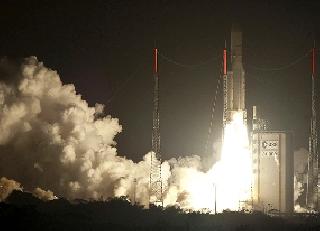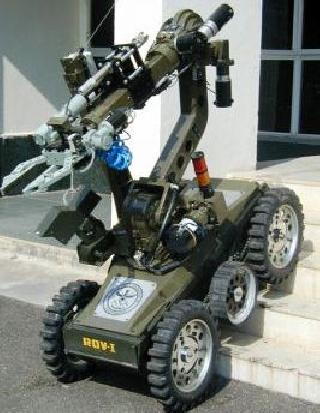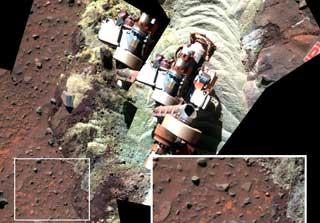
Ariane 5 lifts off from the ELA-3 launch zone with its dual payload of the W3B and BSAT-3b satellites. Photo by: Arianespace.
KOUROU (BNS): Ariane 5 successfully delivered two telecommunications satellites to geostationary transfer orbit on Thursday, marking the 53rd flight for Arianespace’s heavy-lift workhorse and its 39th consecutive success.
Eutelsat's W3B and BSAT-3b (Tokyo's B-Sat Corporation) were launched atop France's prestigious Ariane 5 rocket from the Kourou launch site in French Guiana at 6:51 PM local time (2151 hrs GMT), according to an Arianespace news report.
This latest successful launch of Ariane 5, the fourth in 2010, once again proves the launcher’s operational capabilities. Ariane 5 is the only commercial satellite launcher now on the market capable of simultaneously launching two payloads and handling a complete range of missions, from commercial launches into geostationary orbit to scientific satellites boosted into special orbits.
W3B, weighing around 5.4 metric tonnes, will provide TV, radio, internet and other data services for the Paris-based operator Eutelsat. The other satellite, the 2,060-kg BSat-3b is owned by Tokyo's B-Sat Corporation. Its satellite will deliver TV broadcasts to Japanese territories.
The W3B satellite was built by Thales Alenia Space as prime contractor, using a Spacebus 4000 C3 platform. BSAT-3b was built by Lockheed Martin Commercial Space Systems in Newtown, Pennsylvania, using an A2100 A platform.
With this launch, Arianespace has now orbited eight commercial geostationary communications satellites out of the total of 14 launched since the beginning of the year, giving it over half of the market. Last week Arianespace and Starsem orbited six satellites for the Globalstar-2 constellation, using a Soyuz launch vehicle from the Baikonur Cosmodrome.
 Previous Article
Previous Article Next Article
Next Article













The Indian Air Force, in its flight trials evaluation report submitted before the Defence Ministry l..
view articleAn insight into the Medium Multi-Role Combat Aircraft competition...
view articleSky enthusiasts can now spot the International Space Station (ISS) commanded by Indian-American astr..
view article